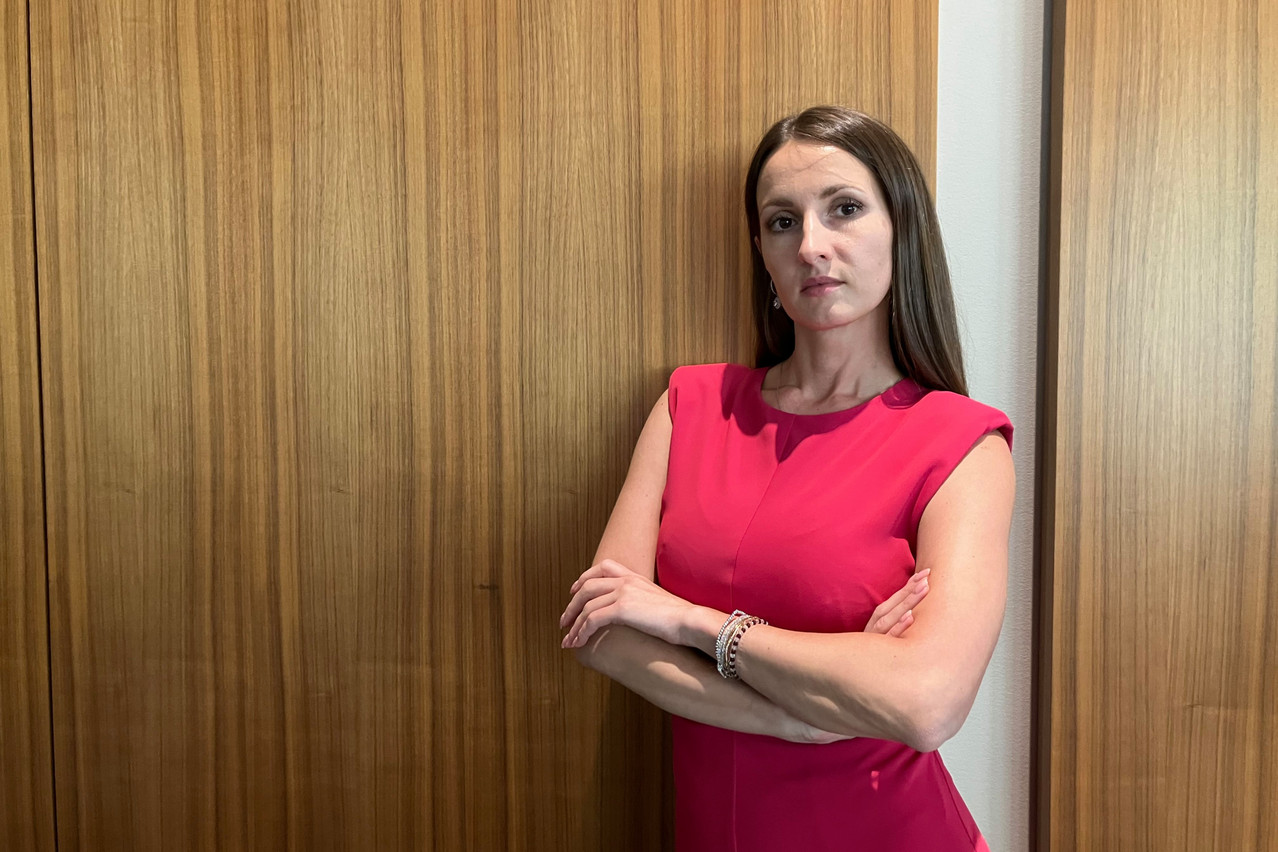As Russia’s full-scale war against Ukraine--marked by large-scale destruction and attacks on civilian infrastructure--enters into its 17th month, efforts to help Ukraine rebuild are on the agenda, both at the international level and in Luxembourg.
A hybrid conference that took place online and at Arendt’s offices in Kirchberg on 26 June presented attendees--many of who were based in Ukraine--with mechanisms to finance Ukraine’s recovery and reconstruction.
Flexible regulator, local ecosystem, Luxembourg “brand”
Arendt & Medernach partner and counsel Thomas Krück discussed Luxembourg’s “toolbox” of investment fund vehicles, covering the different aspects and eligibility criteria of Ucits (undertakings for collective investment in transferable securities), Part II funds, Sicars (investment companies in risk capital), Sifs (specialised investment funds), Raifs (reserved alternative investment funds) and other types of funds.
Luxembourg’s “flexible legislation” has allowed the setup of a number of different fund vehicles, Kass explained. The country’s flexible regulator, its local infrastructure--such as service providers, law firms, banks or administrators--as well as the Luxembourg “brand,” make Luxembourg funds a good way to invest in Ukraine.
“I think that is also an element that is important for you: if you want to attract capital for investment into Ukraine, and you want to select what is the best vehicle in order to attract that capital, Luxembourg is certainly very interesting because it is very well known to international investors,” said Kass. “They will know what the Luxembourg fund is, how it works; they have already done their due diligence, they know what service providers are required, they know what the regulator does.”
Securitisation law flexible, “state of the art”
Johannes Bast, managing director at Alterna, a consultancy for alternative investments specialising in structuring and agency management, focused more on securitisation. “The securitisation scheme in Luxembourg is really state of the art,” said Bast. “It provides massive flexibility--not just to the originators that are sourcing the contracts and looking to distribute the funds--but also to the ultimate borrowers, or the ultimate target assets.”
The grand duchy has a “very broad understanding and definition of securitisation,” allowing its use as a tool for investment and structuring.
Read also
“One of the main advantages in Luxembourg is the possibility to create several compartments within one legal entity,” he continued. It’s a concept that was adapted “from the umbrella fund structure and really permits a time- and cost-efficient solution for a frequent issue of vehicles.”
Compartment segregation is also a possibility, said Bast, which “effectively means that the assets and liabilities of the vehicle can be split into different compartments, each of which is treated as if it were a separate entity executing the same transaction.”
Flexibility will be “necessary to effectively transpose” the efforts needed in the near future and in the years to come to help Ukraine recover and rebuild as quickly and as quickly as possible.”
One of Bast’s key messages was the importance of having a “dual perspective.” “Whenever you look to execute recovery and rebuilding efforts, you must always be in a position to have dual focus and dual perspective.” This means taking into account both local efforts, projects--industry, healthcare, real estate, services to be rebuilt--and what people “on the ground” need in terms of financing, as well as what investors need in order to commit to an investment.
Main takeaways
What should conference attendees keep in mind after these discussions?
For UkrainePlatform’s Valeriia Kotsur, one of the organisers of the event, “the target of the conference was to explain the investment structuring and different vehicles which can be used in order to de-risk, in order to pool assets together from the Ukrainian side.”
“Currently, we cannot only bet on private equity or M&A activities, because this is quite a big exposure for risk,” she added. “We have seen the alternative investments, which are highly regulated alternative investment vehicles, which are less regulated. We have seen club deals, we have discussed securitisation vehicles. And also we have discussed the credit facilities which are provided currently for Ukrainian SMEs.” Luxembourg can play a role in the “proper structuring of the investment vehicles.”
Various sectors were evoked during the conference--from agriculture to energy infrastructure. “The green transition is inevitable for Ukraine in terms of the fact that a lot of damage has been done to the old energy facilities, plus the dependence on Russian energy has to stop,” noted Kotsur. “So we need to transit to green, we need to stick to the [EU’s] Green Deal, and with green investments. This is where a lot of investors are looking to do things. This is where World Bank is also involved.”
The International Finance Corporation, a member of the World Bank Group, and its partners new funding for energy security, renewable energy and energy efficiency in Ukraine. The , which was presented by European Commission president Ursula von der Leyen during the Ukraine Recovery Conference in London on 21 June, also includes funding for repairs to municipal and energy infrastructure. Key elements of this financing instrument include grants and loans to Ukraine, an investment framework that provides guarantees and blended finance meant to boost public and private investment, and technical assistance.
Other international organisations, such as the European Investment Bank and the European Bank for Reconstruction and Development, signed additional agreements at the London conference to mobilise private investment for Ukraine’s reconstruction.
But the green transition doesn’t only involve the energy sector. “It’s also about the construction materials,” Kotsur pointed out. Moving forward, Ukraine’s reconstruction “should not go back to the old style. It has to be new, it has to be within the ESG [criteria], within the sustainability [criteria]. And this is where we see a lot of opportunities for investors to enter Ukraine.”
